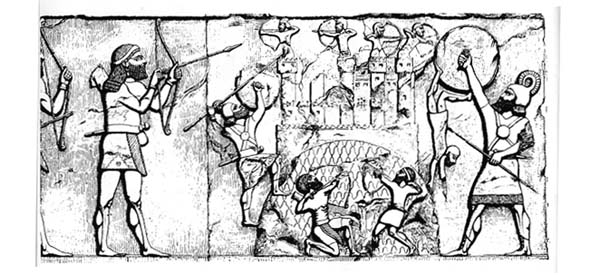The Babylonian Gap
The Assyrians impressed their culture on Israel … the Babylonians left no trace

The Assyrians and Babylonians both ravaged large parts of ancient Israel, yet the archaeological evidence from the aftermath of their respective conquests tells two very different stories. Why?
In 721 B.C.E., the Assyrians brought an end to the northern kingdom of Israel. A little more than a century later, the Assyrians themselves suffered defeat at the hands of the Babylonians, who became the world’s new superpower. The Babylonians were no less bent on mayhem and destruction than the Assyrians had been: In 586 B.C.E., they burnt Jerusalem and destroyed the Temple, bringing an end to the southern kingdom of Judah and 400 years of Davidic rule.
As destroyers, the Assyrians and Babylonians had much in common. But the periods that followed their conquests could not be less alike. While the Assyrians left a clear imprint of their presence in Palestine, there is a strange gap after the Babylonian destruction. Call it an archaeological gap, if you wish.
Already a library member? Log in here.
Institution user? Log in with your IP address.

